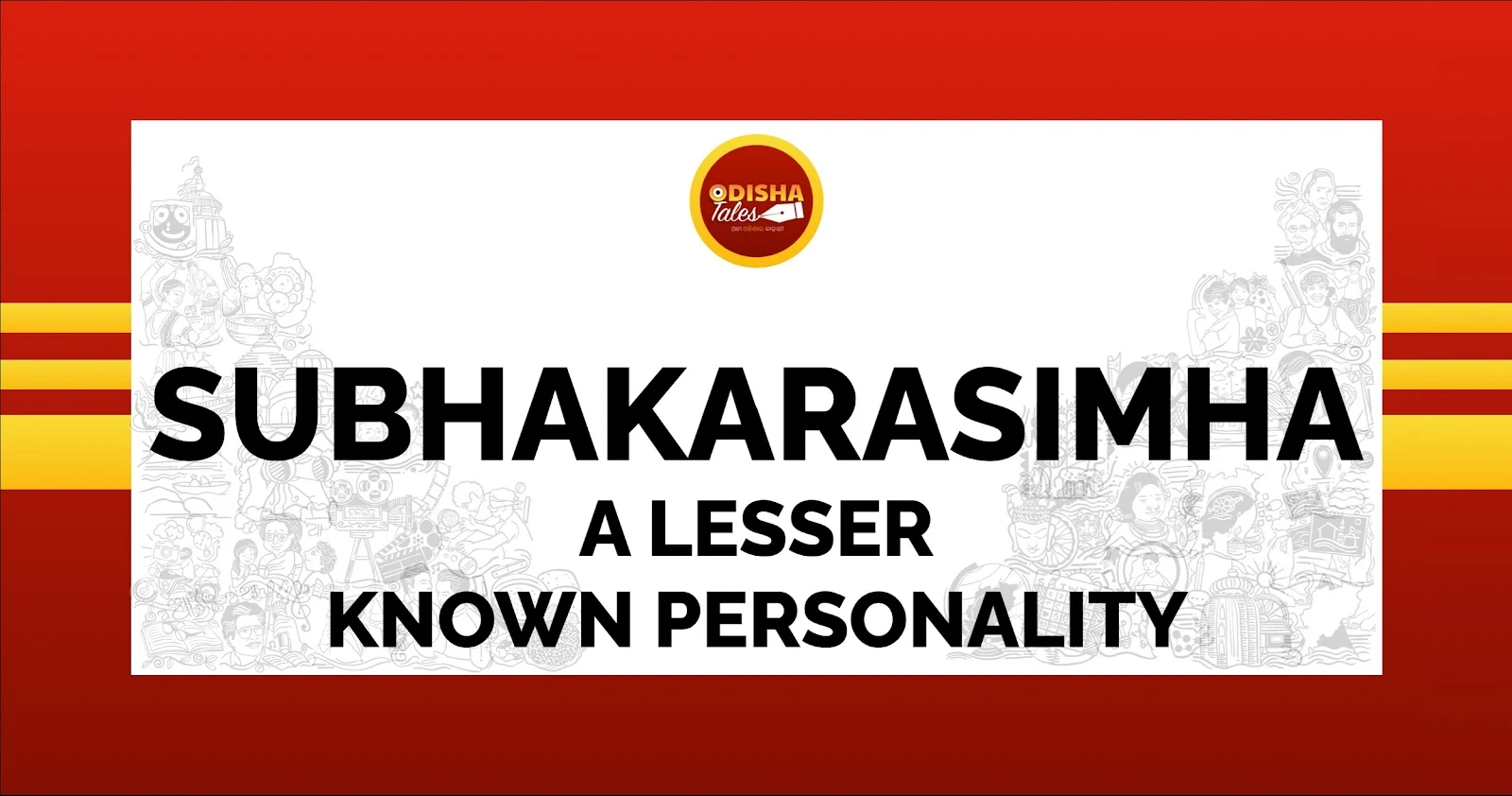Subhakarasimha is relatively unknown to our world. There are several theories about the place of his birth. He was born in India in 637 CE. He was the eldest son of a king whose name was Buddhakara. He was a God-gifted child who took control of his father’s army at the age of 10 (strange thing, as you may ask, how a child at that age could take control of an army). At the age of 13, he ascended the throne (nowhere was it written why and what happened to his father). He won the affection of soldiers and civilians. But his brothers, being jealous of his ability, organized an armed rebellion. And a power struggle broke out between him and his other brothers. In that struggle, he was struck by an arrow, and a flying discus bruised the top of his head. He won the struggle but was guilty of leading his army against his brothers, ending their love. To save himself from the guilt, he decided to surrender. He then gave the throne to his elder brother and became a Buddhist monk.
He went southward to the sea, where he saw a monastery where he obtained Saddharmapundarika Samadhi. He piled up sand and made almost ten thousand stupas. He then found accommodation in a merchant’s ship and traveled to various countries. He also saved the lives of all the merchants on multiple occasions. He traveled extensively, meeting different persons, reading various books, and finally arrived at the great University of Nalanda. He was instructed by Dharamagupta in the practice of The Three Mysteries. He went out and taught a lot of people, and finally, Dharmagupta ordered him to go to China. He arrived in China at the age of eighty, in 716 CE.
He was received by the emperor Hsuan-Tsung who gave him the title “Teacher of the Country.” In 724 CE, he accompanied the emperor to Loyang, where he continued his work. In 725 CE, he made his most significant contribution to the spread of Tantric Buddhism, completing the translation of the Mahavairocana Sutra. The Sanskrit text was sent from India almost thirty years earlier by the Chinese monk Wu-Hsing, who had died on the way to his home. The first facile sets forth the philosophy on which the Sutra is based. It stresses that knowing one’s mind as it constitutes enlightenment and offers an analysis of the various levels of spiritual awakening. The following six fascicles present the Mandala (the Womb or Matrixmandala) and the tantric practices that led the individual to realize the innate, enlightened mind. The Mandala based on this text depicts Mahavairocana seated on an eight- petalled lotus, surrounded by four major Buddhas and their attendant Bodhisattvas, and then, beyond the perimeter of the lotus, by other various other bodhisattvas and lesser deities.
Subhakarasimha died in 735 CE and was bestowed as “Director of the Court for Ceremonial Affairs.” He was buried in 740 CE in the hills west of the Longmen caves. On these burial premises, the Guanghuasi was built in 758 CE.
Various theories about his birthplace:
Mr. Bibhuti Baruah, in his book, “Buddhist Sects and Sectarianism,” wrote that according to his biography, Subhakarasimha was a native of northeastern India and was the son of royalty.
Mr. Klaus Pinte, in an article published in Esoteric Buddhism and the Tantras in East Asia edited by Charles Orzech, Henrik Sørensen, and Richard Payne, states that Subhakarasimha was the eldest son of King Buddhakara, alleged ancestor of the Bhauma dynasty Kara kings who governed the region of Odra (Orissa) in the eighth and twelfth centuries (Chou 1945, 251–252 n. 3; Majumdar 1955, 63–65).
In the same article, Mr. Klaus Pinte also wrote that Subhakarasimha was heir apparent to Madhavaraja II alias ” Yasobhita II of the Sailodbhava dynasty ruling over Kongoda (Odra), during the third quarter of the seventh century” (Hodge 2003, 19–20)
Tantric Buddhism in East Asia, edited by Mr. Richard K. Payne, was written that Subhakarasimha was a native of central India and a descendant of Amrtodana, Shakyamuni’s uncle. Because of unrest in their own country, his ancestors had left it and gone to reign over the land of Odra. His father’s name was Buddhakara.


